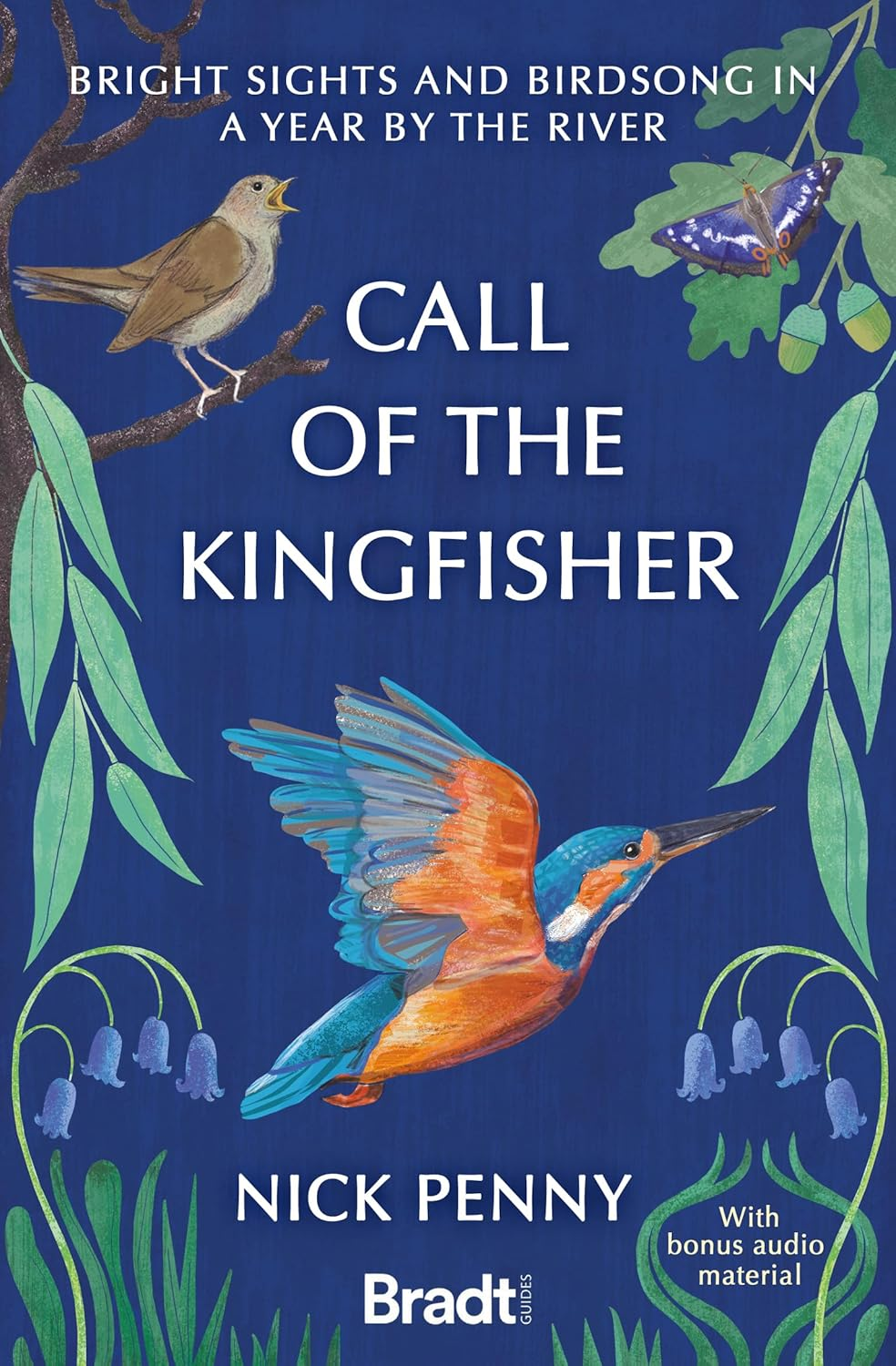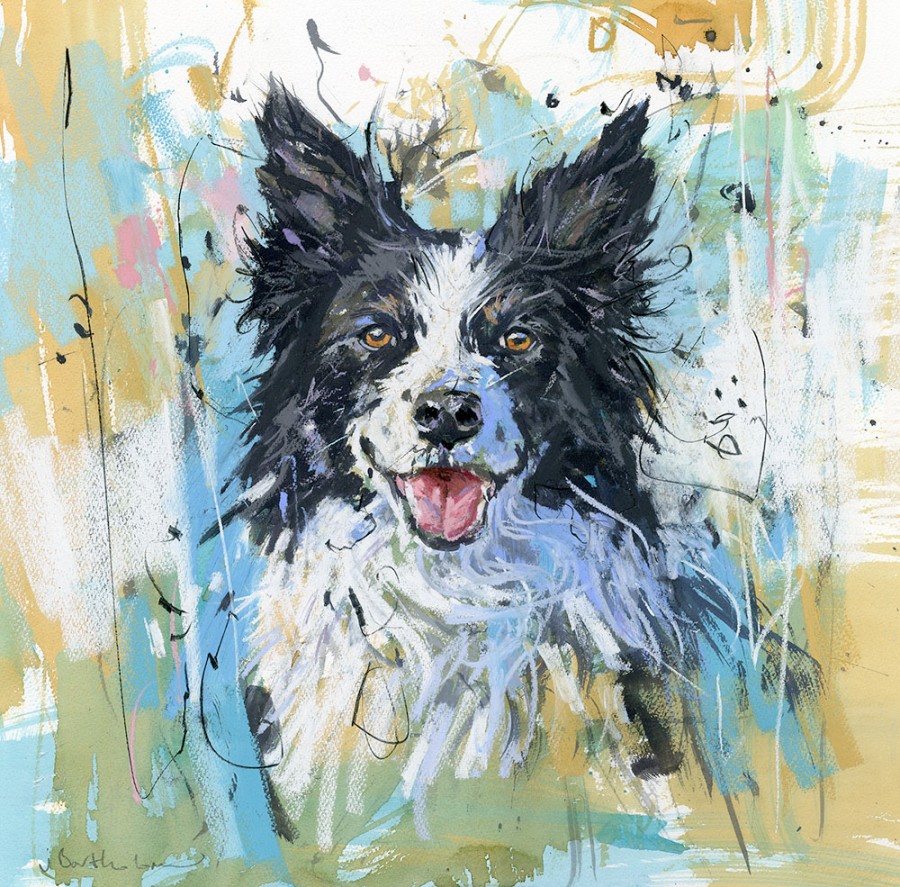How to Help England’s Endangered Curlews

England’s curlews are in trouble. These long-billed wading birds, with their haunting calls and distinctive silhouettes, have become a symbol of Britain’s disappearing wild places. Over the last few decades, their numbers have dropped sharply.
More farmland, increased predation, and changing weather patterns have all played a part. But people who care—farmers, birdwatchers, volunteers, and anyone with an interest—can help slow or even reverse this decline.
Curlews are now critically endangered, with half the breeding population lost in the last 25 years, mostly due to lack of habitat and modern farming methods. It’s thought 2 species (out of 8) are now extinct.
These birds have mottled brown feathers and blue legs, easy to recognise due to their curved beaks and haunting ‘cur-lee’ calls near the sea or wet grassland.
Download Free Posters

Download free posters (also in Welsh) from Curlew Action to help protect these endangered feathered friends.
Don’t Buy Peat Compost
This is often taken from wetland habitats. Instead, make your own compost or buy better brands (read our post on pet-friendly gardens to know unsafe mulch like cocoa, to avoid).
Never Smoke Near Wetland Areas
This can cause wildfires or ingestion by birds and wildlife. Use a personal ashtray to immediately distinguish cigarettes, until you find a bin.
Use a Monomaster (anglers)
Fishing waste can tangle and harm all birds and marine creatures. Anglers can use Monomaster to store fishing gear, until you store it in a fishing line recycling station.
Champion Curlew-Friendly Farming
Farmers are key to helping curlews because so many of these birds nest in grass fields, hay meadows, and pastures. Curlews lay eggs straight on the ground, and activities like early mowing or intensive grazing often destroy nests before chicks hatch.
Supporting farming practices that cut grass later in the summer, leave margins untouched, and limit sheep numbers in nesting fields gives curlews a fighting chance. If you own or manage land, consider joining a countryside stewardship scheme that rewards wildlife-friendly work.
Join the Nature-Friendly Farming Network.
Protect and Restore Wet Grasslands
Curlews love wet ground and marshy meadows, which provide both cover and plenty of food. Over the years, drainage and development have shrunk these places. Supporting local wetland restoration work, joining a volunteer group, or pushing for new protections through your council can make a big difference.
Projects that block old ditches to re-wet fields, recreate ponds, or stop more building on floodplains all add up to more habitat for curlews (and a host of other wildlife, too).
Follow Paths and Keep Dogs on Leads
During spring and summer, curlews often nest close to public rights of way. Even the most careful walker can accidentally step on a nest, and excited dogs may chase birds or trample eggs.
If you’re out and about in curlew country, stick to marked footpaths and keep dogs on a short lead from March to July. Remind others politely if you see them straying, and watch for signs warning about ground-nesting birds.






